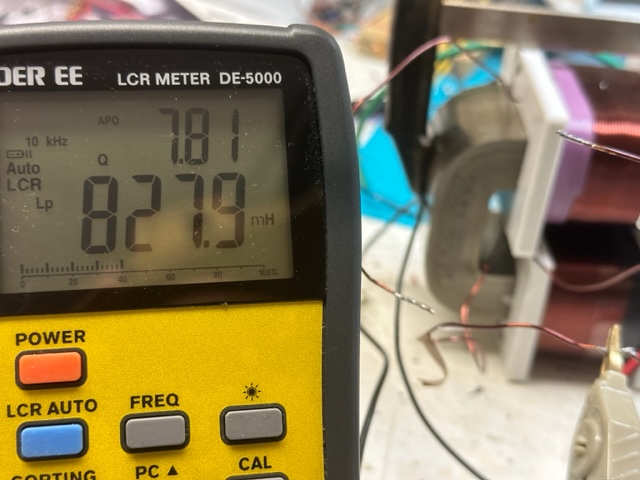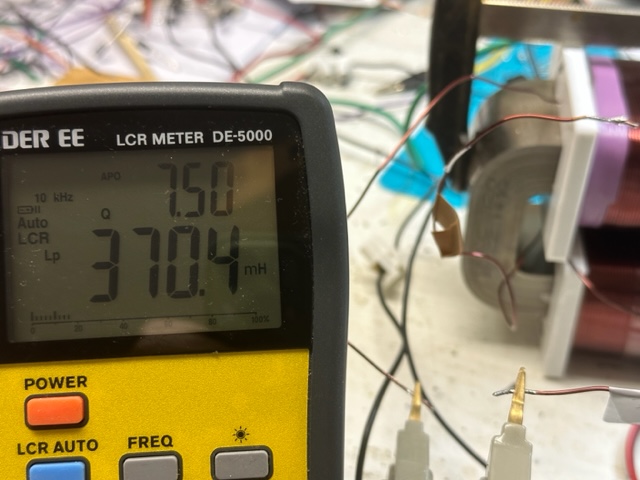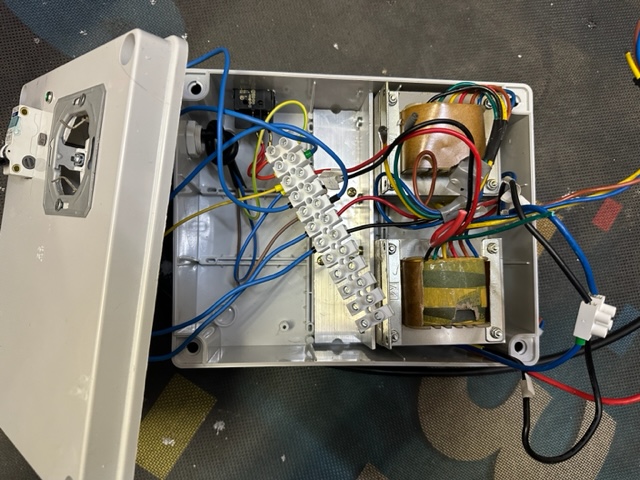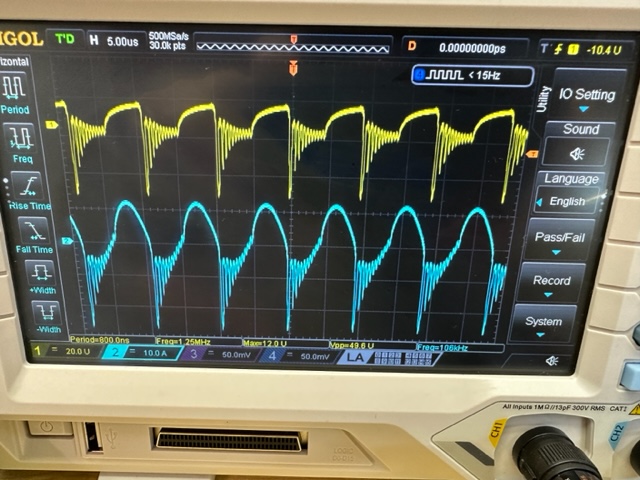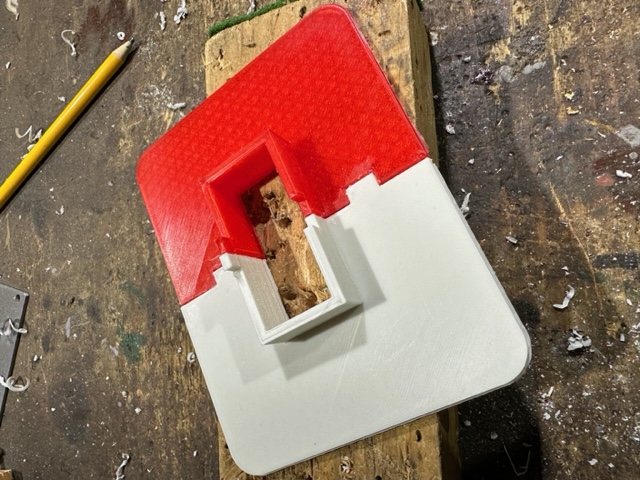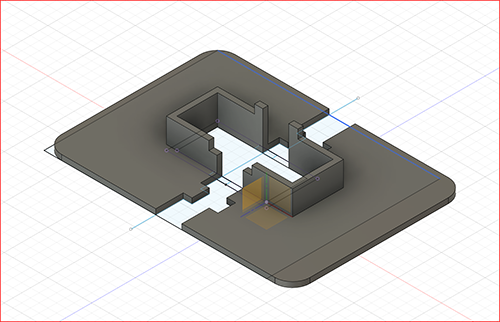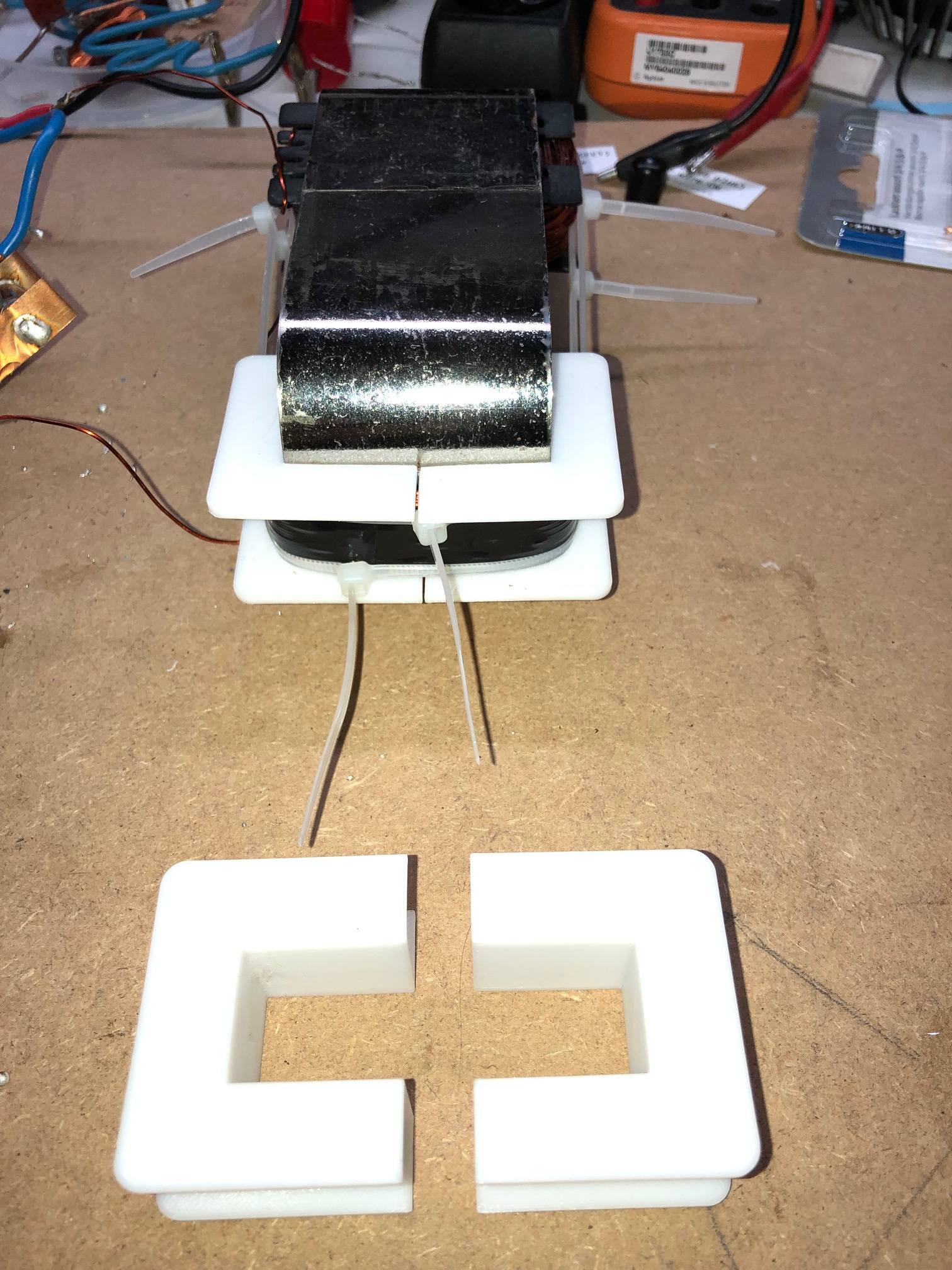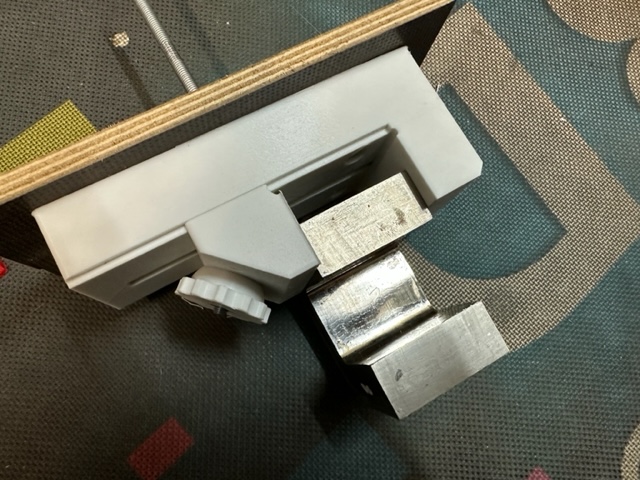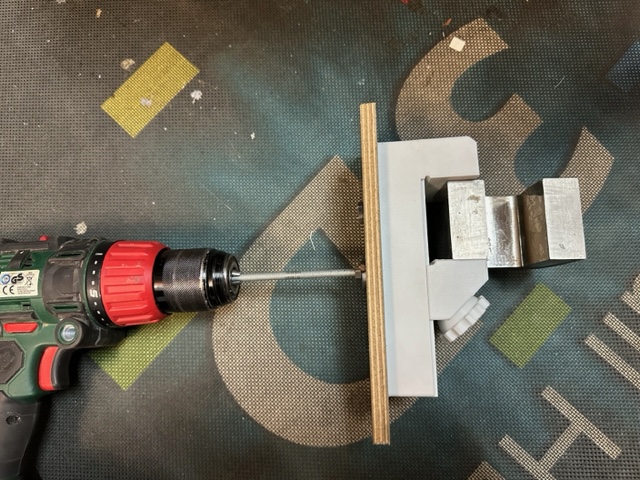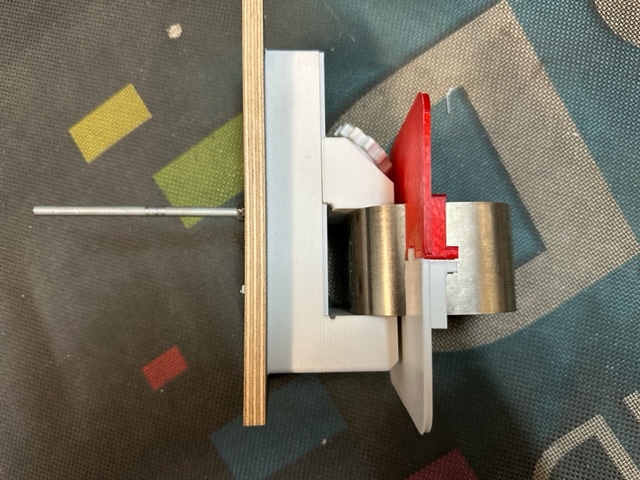Hello All!
I was in touch with the Fighter and now I decide to show what is going on and to get some new ideas on how to get the signal that we all expect. Below is a quick video showing the simple setup. The coils are 1mm L1 cw 210T (370mH), L2 280T ( 828mH).
The poles were tested with the phone app named Pole detector, works ok.
I have built some other coils too, with different turn numbers but the output was almost the same.
I have 2 different grounds to play with. I did use the regular power supply but my home appliances were not happy at all, so I decided to isolate everything.
For sure there are differences from Fighter setup, like the core, the position of the coils, the voltage, not sure about the ground.
the video:😁
bre
